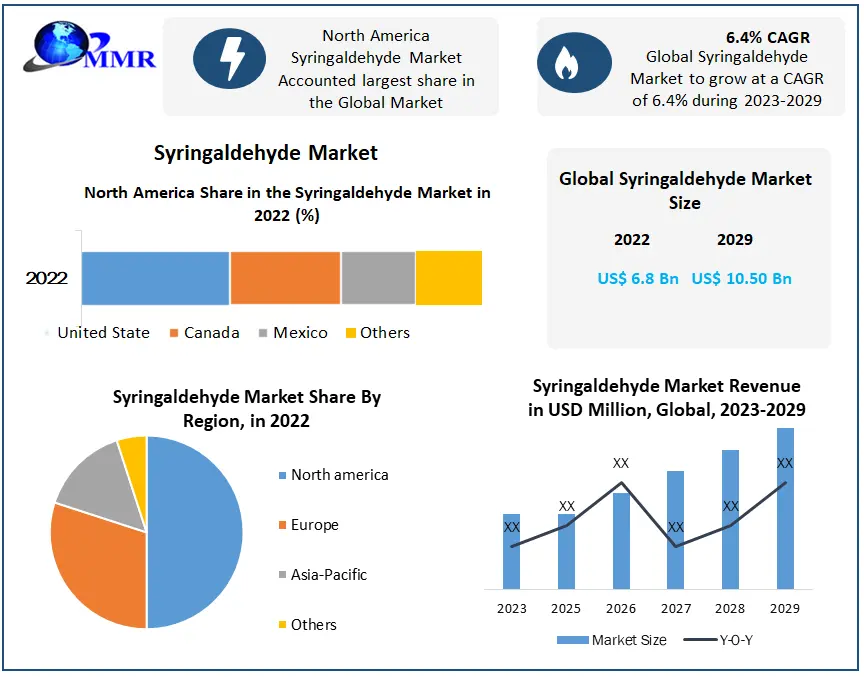In today’s digital age, a well-designed website is no longer just a luxury for businesses; it’s a necessity. Your website serves as the digital storefront of your company, often making the first impression on potential customers. It’s a powerful marketing tool, an informational hub, and a key driver of brand perception. In this article, we’ll explore why web design is so vital for businesses, how it impacts various aspects of your organization, determine the average cost of professional website design, and what you can do to ensure your website stands out in the digital landscape.
1. First Impressions Matter
Imagine walking into a store with peeling paint, cluttered shelves, and poor lighting. Would you trust that business to provide high-quality products or services? Most likely, you’d turn and walk away. Your website is no different. It’s often the first interaction a potential customer has with your brand. A professionally designed website creates a positive first impression and instills confidence in visitors.
Consider factors like aesthetics, layout, and navigation. An appealing design with a clean and intuitive layout makes it easy for users to find what they’re looking for, fostering a sense of trust and professionalism.
2. Reflects Brand Identity
Your website should reflect your brand identity consistently. Every element, from color schemes and typography to imagery and messaging, should align with your brand’s values and personality. A cohesive and well-executed design reinforces brand recognition and helps you stand out in a crowded market.
Consistency in branding across all platforms, including your website, social media, and offline materials, creates a strong and memorable impression that encourages customer loyalty and trust.
3. User Experience (UX) Impacts Conversions
User experience (UX) is at the heart of web design. A website with a poor UX can drive potential customers away. On the other hand, a well-crafted design focuses on user needs and behaviors, resulting in a seamless and enjoyable experience.
Elements such as page load speed, mobile responsiveness, clear calls to action, and an easy-to-follow navigation structure all contribute to a positive UX. A better user experience can lead to higher conversion rates, whether it’s a purchase, an email subscription, or a contact form.
4. SEO and Visibility
An unoptimized web for search engines is like a hidden gem in the vast digital landscape. Web design plays a significant role in SEO (Search Engine Optimization). Clean code, fast loading times, mobile-friendliness, and well-structured content are all factors that search engines like Google consider when ranking websites.
Effective SEO practices enhance your website’s visibility in search engine results pages (SERPs). When your site ranks higher, it attracts more organic traffic, which can lead to increased brand exposure and potential customers.
5. Mobile Responsiveness is a Must
The prevalence of smartphones means that more people are accessing websites on mobile devices. If your website isn’t optimized for mobile, you risk alienating a significant portion of your audience. A responsive web design adapts to different screen sizes and ensures a consistent and user-friendly experience across all devices.
Moreover, search engines prioritize mobile-friendly websites in their rankings. Mobile responsiveness benefits your users as well as your SEO efforts.
6. Loading Speed Affects Bounce Rates
In today’s fast-paced world, people expect websites to load quickly. If your site takes too long to load, visitors are likely to bounce—leave your site without engaging further. Slow-loading pages frustrate users and can negatively impact your conversion rates.
Effective web design includes optimizing images, minimizing code, and leveraging content delivery networks (CDNs) to ensure fast loading times. A speedy website keeps users engaged and encourages them to explore further.
7. Content Presentation and Readability
Ineffective presentation can cause even the most valuable content to be overlooked. Content organization and presentation are also important components of web design. It includes formatting text, headings, bullet points, and multimedia elements such as images and videos.
Clear and concise content that’s easy to read and navigate encourages visitors to stay longer on your site, absorb information, and take desired actions.
8. Trust and Credibility
A well-designed website establishes trust and credibility. Users tend to associate a visually appealing and user-friendly site with a trustworthy business. Elements like customer testimonials, industry certifications, and secure payment options can further enhance credibility.
Remember, trust is a crucial factor in the decision-making process for consumers. A website that exudes professionalism and reliability is more likely to convert visitors into customers.
9. Competitive Advantage
In a competitive market, your website can be a key differentiator. A thoughtfully designed website sets you apart from competitors who may have outdated or poorly designed sites. It’s an opportunity to showcase your unique value proposition, highlight your strengths, and demonstrate why potential customers should choose your products or services.
10. Analytics and Data Insights
Web design isn’t a one-and-done process; it’s an ongoing endeavor. Modern web design incorporates analytics tools that allow you to track user behavior, measure the effectiveness of your design choices, and make data-driven improvements.
By analyzing data, you can identify areas where users drop off, assess the performance of specific pages, and refine your design strategy to better align with user preferences and business goals.
Tips for Effective Web Design for Businesses
Now that we’ve established the importance of web design for businesses, let’s explore some actionable tips to ensure your website maximizes its potential:
Understand Your Audience
Start by defining your target audience and their preferences. Tailor your design to appeal to your ideal customers.
Responsive Design
Ensure your website is mobile-responsive to accommodate users on various devices.
Clear Navigation
Create a user-friendly navigation structure that makes it easy for visitors to find what they’re looking for.
High-Quality Visuals
Invest in high-quality images and graphics that align with your brand and resonate with your audience.
Content Strategy
Develop a content strategy that delivers valuable information and engages visitors. Prioritize readability and clear messaging.
Optimize for Speed
Implement techniques to improve page load times and overall performance.
SEO Best Practices
Incorporate SEO best practices throughout your website, from keyword optimization to meta tags.
Security Measures
Ensure your website is secure, especially if you handle sensitive customer information.
Regular Updates
Keep your website up to date with fresh content and design improvements.
Testing and Feedback
Continuously test your website’s performance and gather user feedback for ongoing enhancements.
Conclusion
In conclusion, web design is not merely about aesthetics; it’s a critical component of your business’s success in the digital age. A well-designed website enhances user experience, builds trust, and drives conversions. Moreover, the art of web development companies for redesigning an existing website is a powerful tool that can help your business stand out, connect with your target audience, and thrive in today’s competitive landscape. Don’t underestimate the impact of web design—it’s an investment that can yield significant returns for your business.





